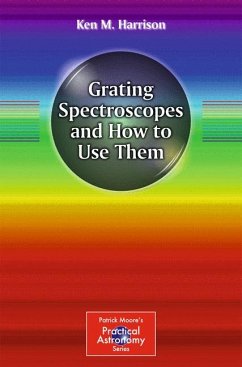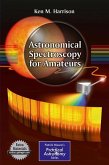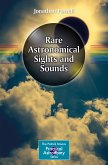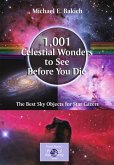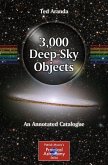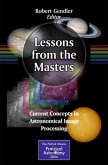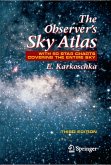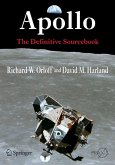Using the most popular commercially made filter gratings - from Rainbow Optics in the United States to Star Analyser in the United Kingdon - as examples, the book provides all the information needed to set up and use the grating to obtain stellar spectra. It also presents methods of analyzing the results. No heavy mathematics or formulas are involved, although a reasonable level of proficiency in using an astronomic telescope and, if relevant, imaging camera, is assumed.
This book contains many practical hints and tips - something that is almost essential to success when starting out. It encourages new users to get quick results, and by following the worked examples, successfully carry out basic analysis of spectra.
With this author's earlier (intermediate level) book, Astronomical Spectroscopy for Amateurs, this book provides a perfect companion for those who want to know a lot more about what spectrographs tell us about the stars. And you'd be surprised at how much they tell us!
Dieser Download kann aus rechtlichen Gründen nur mit Rechnungsadresse in A, B, BG, CY, CZ, D, DK, EW, E, FIN, F, GR, HR, H, IRL, I, LT, L, LR, M, NL, PL, P, R, S, SLO, SK ausgeliefert werden.

